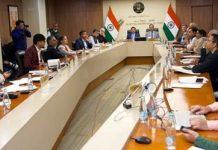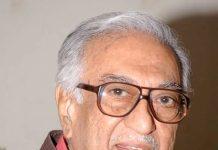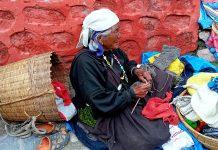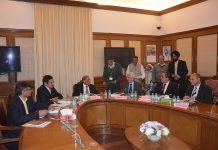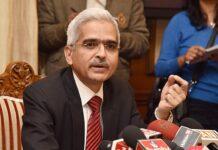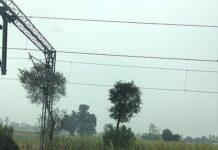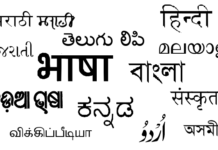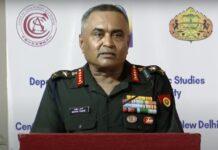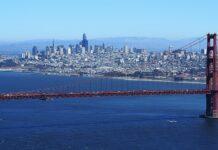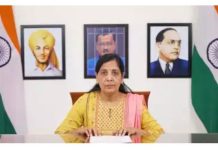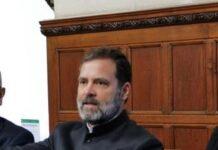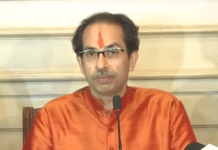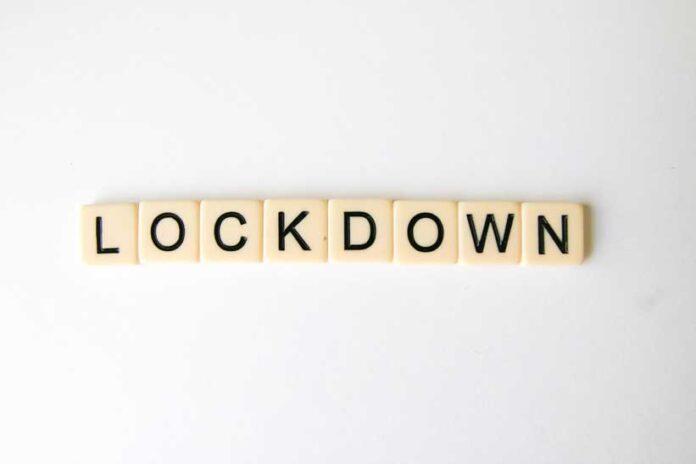By the time lockdown reaches its end date of 14 April, the ‘hotspots’ or ‘clusters’ of active or possible cases would be fairly identified (partial courtesy mammoth public health exercise of identification and tracking of participants of Tabligh congregation held in Delhi). These clusters or hotspots of active or possible cases could be villages or towns or districts or even bigger administrative units. The focus could possibly shift to these identified ‘hotspots’ or ‘clusters’ which could be subjected to local lockdowns and other measures depending on public health needs.
The unprecedented lockdown in India implemented about ten days ago to contain coronavirus pandemic enter stage 3 of community transmission has been widely talked about in the world for its scale, boldness and foresight. While it is nearly impossible to assess and evaluate this countrywide, near total lockdown at this moment but one can reflect on the situation in the countries which chose not to opt for national lockdown at early stage. Incidentally, Italy, Spain, France, USA and UK have very robust health systems yet prevalence and mortality rates are alarmingly high. The current situation in India gives some sort of temporary relief. However, it may be true to say that low numbers of positive cases and mortality figures in India vis-a.vis Europe and North America may as well be due to other factors like low screening and testing but the role of lockdown in containing human to human transmission can not be underestimated.
Economic cost notwithstanding, advising or even forcing people to stay home is the best thing that could be done to check community transmission. The countries like the UK seems to be doing this now albeit bit late.
It is in this background, that we should try understand what after 14 April when the three week lockdown comes to an end ? Would the lockdown end ? Or, should it continue with or without modifications?
The Cabinet Secretary has recently made a statement saying lockdown would not be continued beyond 14 April.
At the national level, while key preventive measures like social distancing, quarantine and isolation of detected or suspected cases, banning of public gathering etc. could remain in force but the local movement of the otherwise normal people could be allowed on ‘’need’’ basis. This may mean the bus, railway and domestic air services may be partially opened up.
By the time lockdown reaches its end date of 14 April, the ‘hotspots’ or ‘clusters’ of active or possible cases would be fairly identified (partial courtesy mammoth public health exercise of identification and tracking of participants of Tabligh congregation held in Delhi). These clusters or hotspots of active or possible cases could be villages or towns or districts or even bigger administrative units. The focus could possibly shift to these identified ‘hotspots’ or ‘clusters’ which could be subjected to local lockdowns and other measures depending on public health needs.
Notification and de-notification of clusters or hotspots could be a dynamic process – newly identified hotspots being notified and areas with no cases being denotified after a cooling off period.
There is no approved vaccine yet to do mass vaccination for inducing ‘’herd immunity’’ in the population. Nor there is any treatment yet established in medical science (but for attending symptoms) hence containing human to human transmission of the virus is the best that can be actioned. Total or partial lockdown at the national level and/or at the cluster or hotspots level comes at the cost of freedom of movement and loss of economic opportunities but it will save lives. Any skeptic could better learn from the cases of UK and USA.
The three weeks lockdown certainly seems to providing India with second opportunity for capacity building especially for screening and testing and creating inpatient facilities.
***
Umesh Prasad FRS PH
The author is a Fellow of Royal Society for Public Health.
The views and opinions expressed on this website are solely those of the author(s) and other contributor(s), if any.



